Wedlock House: An Intercourse (1959) Online
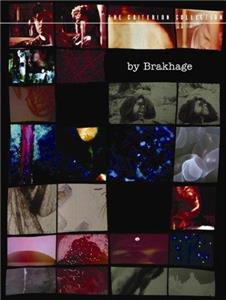
We see a film negative of a nude couple embracing in bed. Then, back in regular black and white images, we see them alone and together, clothed, at home. It's night, she sees his reflection in the window, she closes the drapes. After sex, again in a black and white negative, they sit, smoke, have coffee. They kiss, she smiles. They light candles. The images are often quick, the camera angles occasionally are off kilter; the room is sometimes dark and sometimes lit, as if lit by the rotating of a searchlight. The images again appear in negative when they return to bed.
| Uncredited cast: | |||
| Jane Brakhage | - | (uncredited) | |
| Stan Brakhage | - | (uncredited) |
This film is included on "By Brakhage: an Anthology", which is part of the Criterion Collection, spine #184.
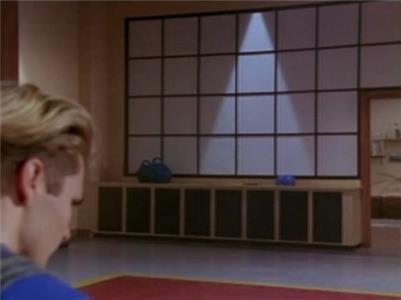


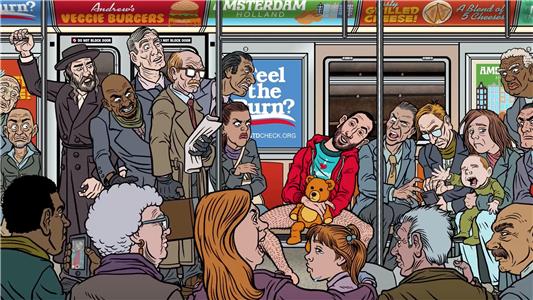
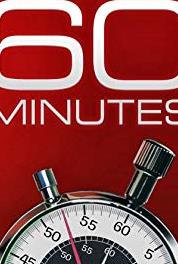
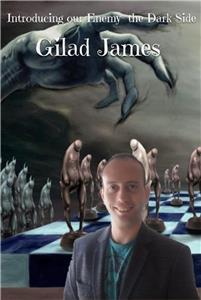


User reviews